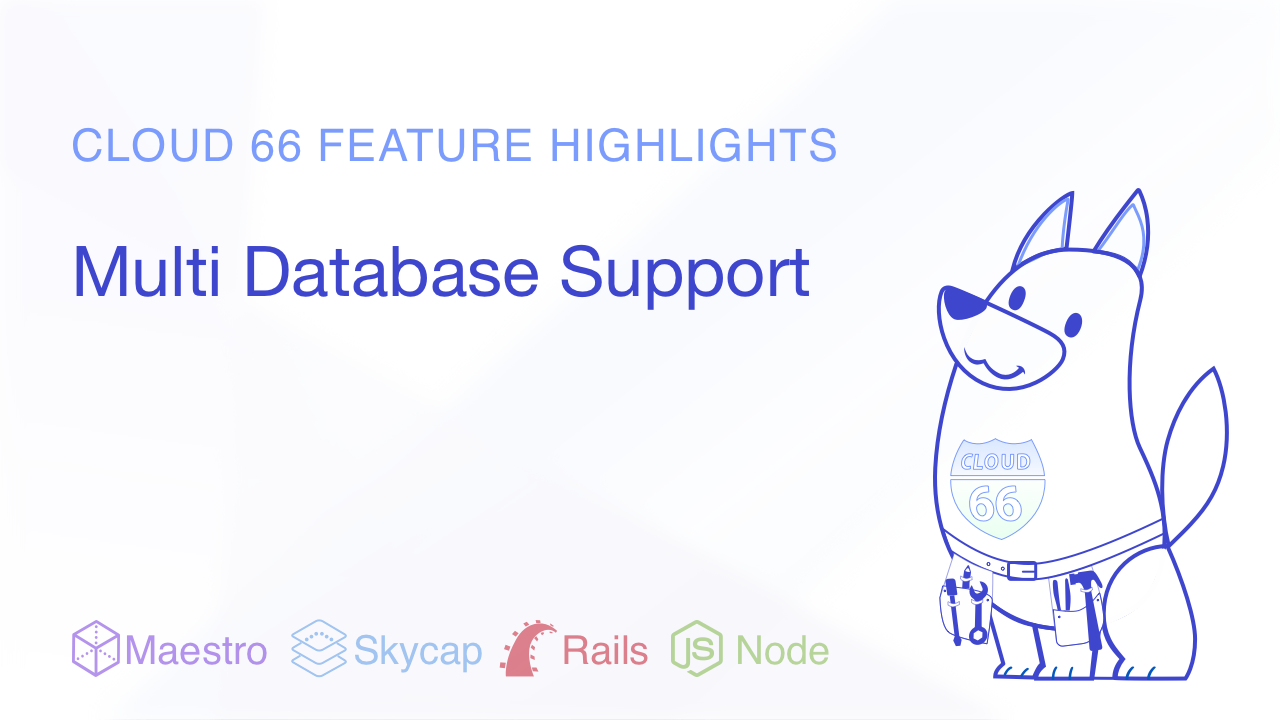
Many applications use multiple types of datastores simultaneously - mixing SQL and NoSQL databases, for example. Or your application might need two separate clusters of the same database engine to handle an upgrade, or to support separate services. This is where Multi Database Support comes handy.
What is Multi Database Support?
Multi Database Support makes it possible to attach more than one database group to your application. A database group is a collection of one or more databases of the same type e.g. MySQL.
Having different groups allows a single app to use multiple types of databases, e.g. Postgres and Redis, or two separate groups of MySQL servers. You can also run different versions of the same database type in separate groups.
How does it work?
Multi Database Support manages databases using best practices and provides synchronized, managed backups for all of your databases and database types.
It allows data sharding for your application in scenarios where you need to keep data in a certain jurisdiction or closer to your customers, or even across different cloud providers.
In addition:
Combined Multi Database support and database replication support for all major database engines allows you to achieve in-place, no-downtime migration of your data.
More info:
- Link to help: Multi Database Support
- Link to help: Understanding database groups
- Link to blog: Introducing Multi Database Support
